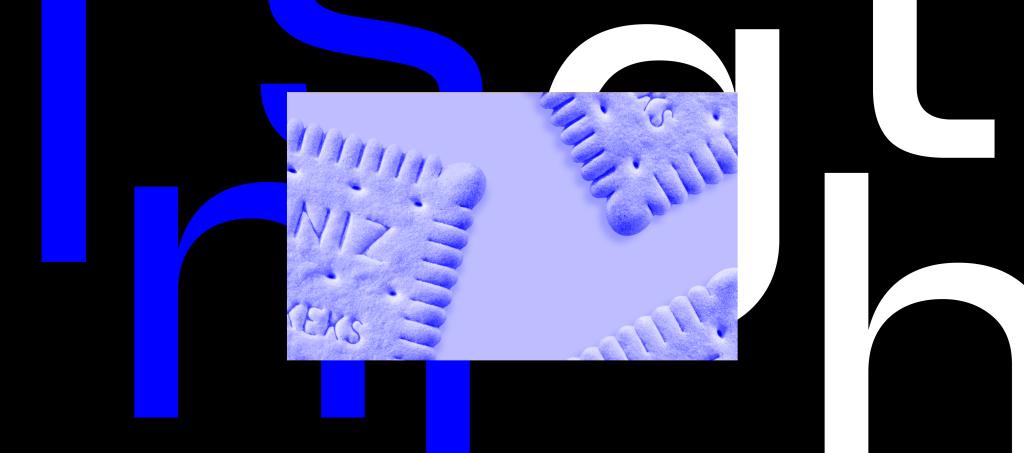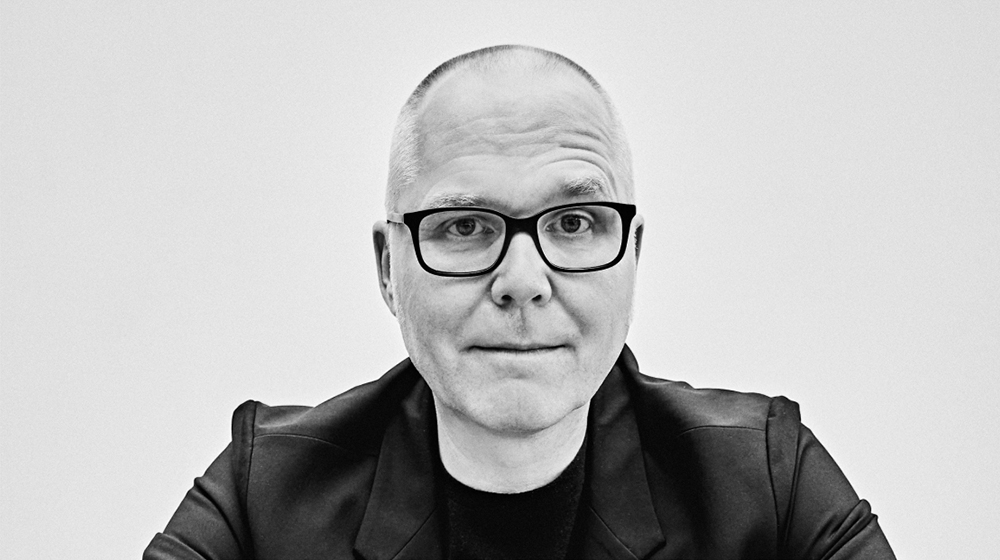The Bahlsen relaunch two years ago was a big deal in supermarkets, the trade press, and of course in design circles. A traditional, German brand taking such a bold step? Wow! We designers were thrilled – and also a bit jealous that we didn't come up with the new look ourselves.
The new packaging is still strong, contemporary, and suitable for international markets. A departure from traditional, small-scale product presentation, it features bold, curved lettering. The background colors and stylized photos make it easy to differentiate products. The impact of the dominant blocks of color is extremely effective at the point of sale. Basically, the packaging is impossible to overlook on supermarket shelves. It also ensures a unique appearance in online shops. And yet, the entire identity will soon be mothballed. Disappointing sales figures, especially in comparison with the competition, are the main reason. But how did this happen?
Too bold for the conservative
Without knowing the Nielsen data, I assume Bahlsen was attracting a rather conservative and predominantly older demographic prior to its relaunch – and not art-loving designers who arrange their cookies by color and like to try new things. The brand was reaching consumers who react cautiously to change. They perceive each individual Bahlsen product as a separate product category, almost on a par with the umbrella brand itself. Had the company taken this more into consideration prior to the relaunch, the design shift would have seemed less radical, and every Bahlsen fan would still have been able to find their favorite cookie.
Instead, familiar product names like Ohne Gleichen, Messino, Waffeletten and Choco Leibniz fade away and are relegated to a thin line of text. Blue, formerly the brand color, now only appears in the lettering. Product photos that use to cover half of the front of the package, opening up a whole world of indulgence, are now reduced to a single cookie with a drop shadow. As a result, Bahlsen customers can no longer tell the individual varieties apart.
Too conservative for the bold
The internationally renowned agency that declared itself responsible for Bahlsen's packaging explained what it was trying to achieve with the new design. “We decided to emphasize the most important element, the blue Bahlsen wordmark, and make it practically explode on the packaging […].” Mission accomplished! And more than that. Plain and simple, the packaging is beautifully designed. The overall look even includes little design details featuring information about what's inside.
That also makes it obvious that the “loudness” and boldness of the packaging design was intended to appeal to a younger audience. However, I would hazard a guess that Gen Z doesn't want these cookies. This generation has completely different expectations: Is the product diverse and sustainable, safe and healthy – and can I experience it online? When making a purchase, they decide primarily on the basis of these criteria. And that has a tremendous impact on the design. For example, the brands Tonys chocolonely and jokolade make it clear at a glance that they want to save the world. And each design element shows how to do it. Currently, products like Ohne Gleichen and Choco Leibniz just can't keep up.
To younger target groups, the products exude neither lifestyle nor zeitgeist. And the packaging, with its bright colors, handwritten lettering and cut-out product illustrations, looks more like a confectionary brand for special occasions than a cool, everyday cookie. The packaging looks great overall, but it's still not trendy enough for Gen Z.



